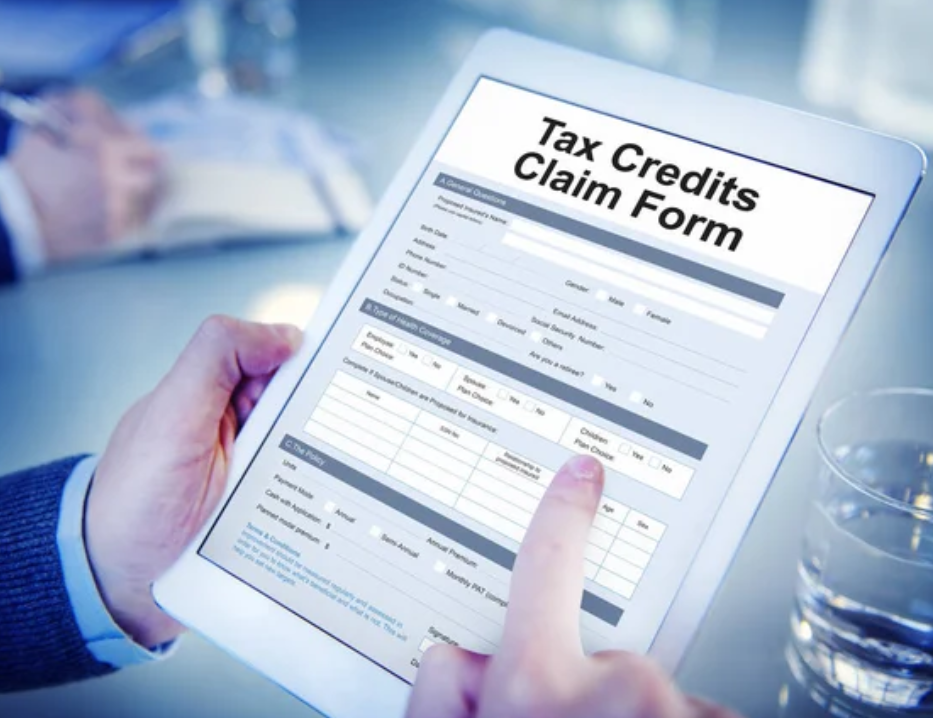Taxes are inevitable, but there are many ways to save money on taxes, both legally and ethically. Whether you are an employee, a business owner, or a retiree, you can take advantage of various credits, deductions, and strategies to lower your taxable income and pay less taxes. Here are 10 tips and tricks to help you save money on your taxes in 2023.

Table of Contents
1. Contribute to a retirement account: Potential way to save money on taxes
One of the easiest and most beneficial ways to save on taxes is to contribute to a retirement account, such as a 401 (k), an IRA, or a Roth IRA. These accounts allow you to save for your future while reducing your current tax liability.

Depending on the type of account, you can either deduct your contributions from your taxable income (traditional 401 (k) and IRA) or enjoy tax-free withdrawals in retirement (Roth 401 (k) and IRA). In 2023, you can contribute up to $22,500 to a 401 (k) and up to $7,500 to an IRA if you are under 50 years old. If you are 50 or older, you can contribute an extra $7,500 to a 401 (k) and an extra $2,000 to an IRA .
2. Open a health savings account: This helps you to save money on taxes
A health savings account (HSA) is another tax-advantaged account that can help you save on medical expenses and taxes. An HSA is available to anyone who has a high-deductible health plan (HDHP). You can contribute up to $4,000 to an HSA in 2023 if you have individual coverage, or up to $8,000 if you have family coverage.

If you are 55 or older, you can contribute an additional $1,000. Your contributions are deductible from your taxable income, your earnings grow tax-free, and your withdrawals are tax-free as long as you use them for qualified medical expenses.
3. Claim tax credits: The most powerful ways to save your tax bill
Tax credits are one of the most powerful ways to reduce your tax bill, as they directly lower the amount of tax you owe, dollar for dollar.

There are many tax credits available for different situations, such as having children, paying for education, adopting a child, buying a home, or installing energy-efficient equipment. Some of the most common and valuable tax credits are:
- The child tax credit, which provides up to $3,600 per child under 6 years old and up to $3,000 per child between 6 and 17 years old in 2023.
- The earned income tax credit, which provides up to $6,880 for low- to moderate-income workers with three or more children in 2023.
- The American opportunity tax credit, which provides up to $2,500 per student for the first four years of college education .
- The lifetime learning credit, which provides up to $2,000 per taxpayer for any level of post-secondary education .
- The adoption tax credit, which provides up to $15,360 per child for qualified adoption expenses in 2023 .
- The residential energy credit, which provides up to 30% of the cost of installing solar, wind, geothermal, or fuel cell equipment in your home .
4. Itemize your deductions: Save money on taxes
Deductions are another way to lower your taxable income and your tax bill. You can choose to take the standard deduction, which is a fixed amount based on your filing status, or you can itemize your deductions, which means listing and adding up your eligible expenses. In 2023, the standard deduction is $13,050 for single filers, $19,600 for married couples filing jointly, and $26,100 for heads of household . However, you may be able to save more on taxes by itemizing your deductions if you have significant expenses such as:
- Mortgage interest, which you can deduct on up to $750,000 of debt for a primary or secondary home .
- State and local taxes, which you can deduct up to $10,000 in total, including income, sales, and property taxes .
- Charitable donations, which you can deduct up to 60% of your adjusted gross income for cash contributions and up to 30% for non-cash contributions .
- Medical expenses, which you can deduct to the extent that they exceed 10% of your adjusted gross income .
- Miscellaneous expenses, which you can deduct to the extent that they exceed 2% of your adjusted gross income and are related to your work, such as union dues, professional fees, and home office expenses
5. Use tax-loss harvesting to save money on your taxes
Tax-loss harvesting is a tax saving strategy that involves selling investments that have lost value in order to offset the capital gains from other investments or income. This can help you lower your tax bill on your investment income, which can be taxed at rates ranging from 0% to 37%, depending on your income level and the type of investment.

You can use tax-loss harvesting to offset up to $3,000 of ordinary income per year and carry over any excess losses to future years.
6. Defer or accelerate income
Another strategy to save on taxes is to defer or accelerate your income, depending on your tax situation and expectations. Deferring income means postponing the receipt of income to a later tax year, when you may be in a lower tax bracket or have more deductions or credits to offset it. For example, you can defer income by:
- Delaying the sale of an asset that has appreciated in value until the next tax year.
- Asking your employer to pay your bonus or commission in January instead of December.
- Contributing to a retirement account or an HSA, which reduces your current taxable income.
Accelerating income means receiving income in the current tax year, when you may be in a lower tax bracket or have less deductions or credits to offset it. For example, you can accelerate income by:
- Selling an asset that has appreciated in value before the end of the year .
- Asking your employer to pay your bonus or commission in December instead of January .
- Taking distributions from your retirement account or your HSA, which increases your current taxable income .
7. Deduct your home office expenses for tax optimization
If you work from home, you may be able to deduct some of your home office expenses, such as rent, utilities, insurance, repairs, and depreciation. However, there are some rules and limitations to this deduction. You must use your home office exclusively and regularly for your business, and it must be your principal place of business or a place where you meet clients or customers. You can deduct your home office expenses in two ways: using the simplified method or the regular method. The simplified method allows you to deduct $5 per square foot of your home office, up to 300 square feet, without having to keep records of your actual expenses. The regular method requires you to keep records of your actual expenses and allocate them between personal and business use based on the percentage of your home used for your office.
8. Contribute to a 529 plan to reduce tax
A 529 plan is a tax-advantaged account that can help you save for education expenses, such as tuition, fees, books, and room and board. You can contribute to a 529 plan for yourself or anyone else, such as your child or grandchild.

Your contributions are not deductible from your federal income tax, but they may be deductible from your state income tax, depending on your state’s rules. Your earnings grow tax-free, and your withdrawals are tax-free as long as you use them for qualified education expenses. You can use a 529 plan to pay for any level of education, from kindergarten to graduate school, and you can also use up to $10,000 per year to pay for tuition at a public, private, or religious elementary or secondary school.
9. Donate appreciated assets to save your money on taxes
Donating appreciated assets, such as stocks, bonds, or mutual funds, to a qualified charity can be a smart way to save on taxes and support a good cause. When you donate appreciated assets that you have held for more than one year, you can deduct the fair market value of the asset at the time of the donation without having to pay capital gains tax on the appreciation. This can result in a larger deduction and a lower tax bill than if you sold the asset and donated the cash proceeds. However, you must itemize your deductions to claim this benefit, and you must follow the rules and limitations for charitable donations.
10. Hire a tax professional to advise on tax strategies
The last tip to save money on your taxes is to hire a tax professional who can help you plan and prepare your tax return. A tax professional can help you find and claim all the credits and deductions you are eligible for, avoid mistakes and penalties, and advise you on the best strategies for your specific situation. A tax professional can also represent you in the event of an audit or a dispute with the IRS. The cost of hiring a tax professional may be deductible as a miscellaneous expense, subject to the 2% AGI threshold.
Conclusion
Saving money on your taxes can be easy if you know the tips and tricks to lower your taxable income and your tax bill.



